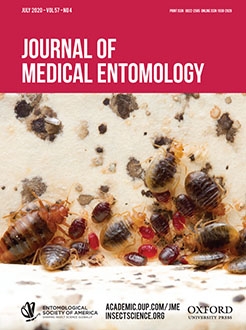The attraction of necrophagous insects, particularly blow flies, to corpses and carrion is of ecological, economic, and agricultural importance, although the mechanisms by which it occurs are not well understood. Much of the published research on blow fly attractants has focused on volatiles emitted from carrion surrogates, but little attention has been given to the possibility that blow fly eggs themselves may emit chemical cues that are responsible for conspecific and heterospecific insect attraction. In this study, the headspace volatiles emitted from eggs representing two aggregated oviposition events that were collected 1 mo apart from two species of the Calliphoridae family (Order: Diptera), Lucilia sericata (Meigen), and Phormia regina (Meigen) were analyzed via solid-phase microextraction-facilitated GC-MS.The volatiles' profiles were found to be consistent between samples representing the same species, but unique between the two species. Over 100 molecules covering a wide range of compound classes that included alcohols, aldehydes, esters, amines, ketones, and organosulfur compounds were identified.The profile of volatiles emitted from the L. sericata eggs contained several alkanes and aldehydes, whereas salient features of the P. regina headspace included numerous esters and ketones. Between the two species, 42 compounds were shared, several of which were carboxylic acids. Little overlap between the range of compounds detected and those reported to be emitted from decomposing remains was observed.
Graphical Abstract






